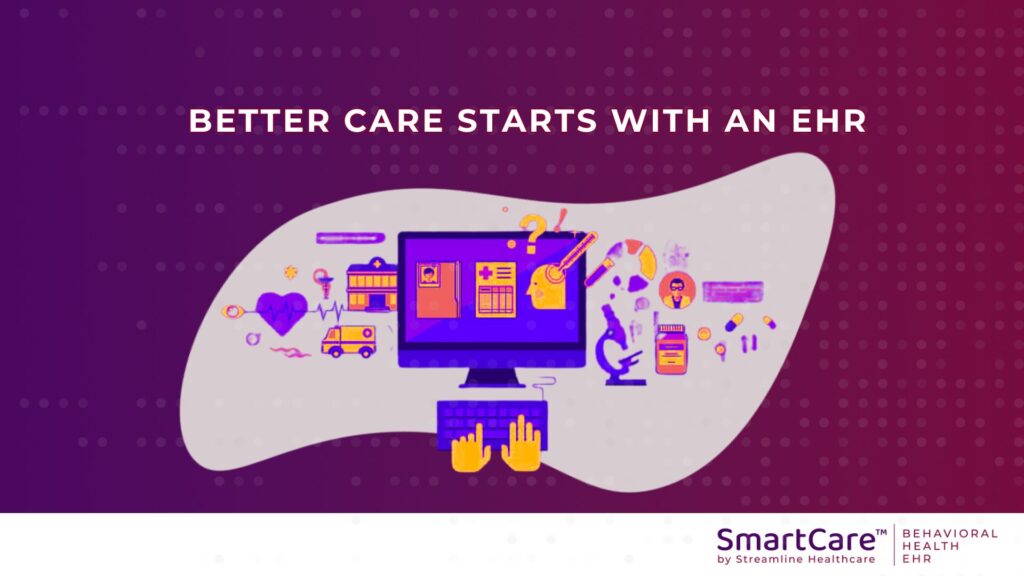A growing body of evidence is confirming the value of Whole Person Care (WPC), and everyone from the federal government to states to the nation’s largest insurers is backing the concept. As more organizations attempt to implement it, however, the challenges are becoming clear. What can behavioral health providers do to overcome these obstacles so both they and their clients reap the benefits of WPC?
Whole Person Care and Behavioral Health providers: First the why, then the how.
Part 1 of this post will explore why Behavioral Health providers are well positioned to drive this crucial initiative and the challenges they face in implementing WPC. Part 2 will provide insight on how Behavioral Health providers can overcome these challenges and make WPC a success. For a more detailed look at both parts, view our webinar “How your organization can lead the charge in WPC.”
Behavioral Health Providers well positioned to lead the charge for WPC
WPC involves the integration of physical health, behavioral health, and social services in a patient-centered manner to improve outcomes for individuals. This is something most behavioral health providers have been doing in some form for years, and something they have been doing more of as initiatives like Certified Community Behavioral Health Clinics (CCBHCs) grow. This positions behavioral health providers well to take WPC to the next level.
Evolving Whole Person Care Models
The “next level” of WPC involves greater integration among behavioral health providers, physical health providers, and community organizations. There is currently a spectrum of models for WPC.
- Payer Based Model. The payer acts as the leader of care coordination and builds out a network of providers, but the providers remain in silos.
- Integrated Care Model. This is where many behavioral health organizations are focusing today with programs like CCBHC and FQHC. The focus is on partnerships and sharing of data across providers. Care coordination takes into account socio economic needs, but these are not a central crux of the required services in these types of programs.
- Target Population Model. In this model, there is a much greater focus on inclusion of community collaboration to meet social needs of specific target populations, such as the homeless. There is also more focus on the sharing of data even with non-healthcare organizations.
- Accountable Health Communities Model. In this model, WPC is applied to all people in a geographic area. These models emphasize proving data-driven results.
Different Models, Similar Challenges for Providers
While implementing these models each has its own unique issues, the three biggest challenges providers face are common to almost all of them: Partnering with other provider and community organizations, sharing data, and measuring and quantifying treatments and outcomes.
- Partnering. This involves three key questions. First why? The why for partnering with health care organizations is obvious. Why to partner with other community organizations, from law enforcement to social service agencies, depends upon the behavioral health provider’s mission and the needs of the populations they serve. Next, who? Which health care and social organizations are the best fit. Finally, how? Will the partnership be an informal referral agreement, a formal contract, or some other arrangement?
- Data Sharing. These challenges range from technical issues such as interoperability of EHRs and other systems to HIPAA requirements. The latter can be a particular challenge when partnering with community organizations who may not deal with HIPAA on a regular basis.
- Measuring and Quantifying. Whether it’s to meet CCBHC clinical requirements, to meet funding requirements, to ensure the financial sustainability of the WPC program, or to gauge improvement in the populations served, WPC requires behavioral health providers to be able to track, measure and quantify more and different information on treatments, outcomes and costs than they have to for “traditional” behavioral health services.
Next: Part 2-Practical advice on how behavioral health providers can meet the challenges and lead the charge in providing Whole Person Care.




